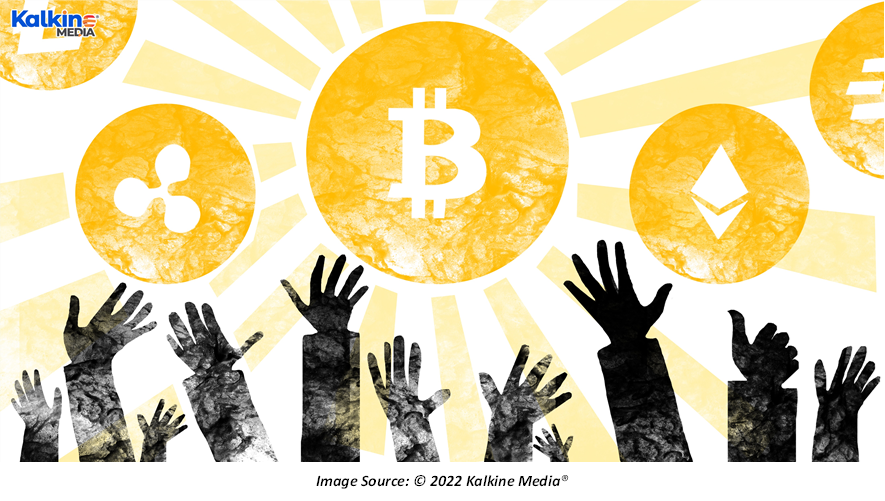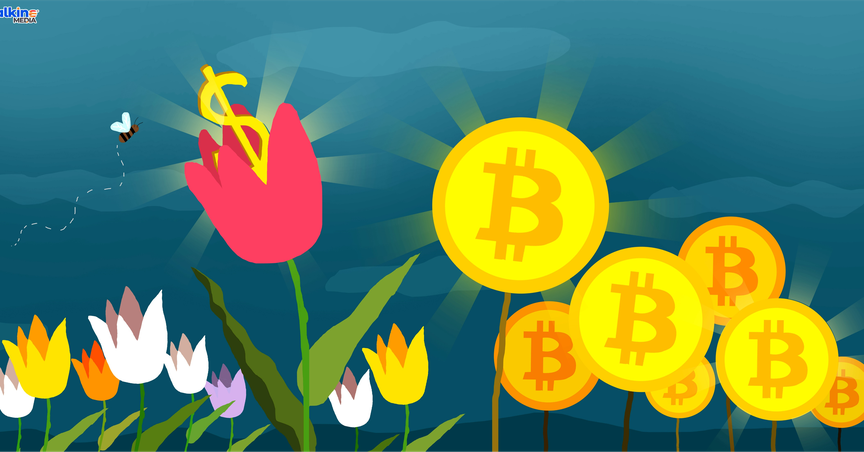Highlights
- There is a significantly overvalued market for cryptocurrencies, urging some to connect it to the tulip-mania of the 1600s.
- Tulip bulbs were perceived as a luxury item in the 1600s, leading to faulty speculations in the market for tulips.
- The cryptocurrency boom has lasted longer than the entire tulip-mania saga, leading some to believe that both are totally different events.
Tulips and cryptocurrencies have more in common than one may initially think. According to some market experts, cryptocurrencies are sitting in the middle of a pricing bubble, much like the one seen during the tulip-mania of the 1600s. The commonality stems from the fact that in both instances, there is a significantly overheated market for a product that has limited usage and little inherent value.
More specifically, tulips have little usage as a commodity other than providing aesthetic value. Similarly, cryptos have seen a growing use case, which remains limited and does not completely justify the sky-high prices of some cryptocurrencies. Thus, there is still large ambiguity looming over the innate value of a product that investors so vehemently demand.
If you are having a hard time understanding how something as trivial as a tulip can be compared to the booming market of cryptocurrencies, then picture this: In 1634, buyers purchased tulip bulbs for amounts sufficient to buy an entire house! This highlights the major challenges that can arise out of faulty market perceptions on the valuation of a commodity. The tulip fever was such pertinent that some individuals took out loans to resell the flower for a profit.
INTERESTING READ: Do cryptocurrencies impact economic growth?
What happened to the tulip market?
The massive hype surrounding tulips took shape in the Netherlands as buyers perceived them to be an exotic and rare class that could only be imported from abroad, more specifically, Turkey. Any individual living in the present day will know that the same is not true in the current context, and this was a major oversight back in those days.

The tulip markets eventually saw their glory days ending abruptly after a tulip auction in 1637 failed to attract any bids. As a result, the market experienced an imminent crash, causing serious financial trouble to those who bought tulip bulbs on credit. The crash also managed to shake the Dutch economy, making a case for one of the earliest known market bubbles.
It is only human to predict the future based on one’s previous experiences. Many experts have pointed out similarities between the current crypto markets and the markets for tulips in the 1600s. While the view is subject to many disagreements, it paints a rather unruly cautionary tale for crypto investors, who have grown immensely over recent years.
ALSO READ: What do economists think of cryptocurrency?
Is the comparison justified?
The ongoing prices of cryptocurrencies are barely reflective of their intrinsic value. Additionally, many nations have banned digital assets altogether, complicating their overall position. Pricewise, cryptocurrencies have seen phenomenal success in the last year. However, this triumph has also paved the way for oodles of speculation on how valuable the asset truly is.
To say that cryptocurrencies are a fad would underestimate their strength as an asset class in the markets. Out of all cryptocurrencies, Bitcoin’s successful standing of over ten years has outrun the entire tulip-mania saga, which lasted roughly for four years. While the coin has seen a recent drop in prices, investors are still hopeful that it is far away from the possibility of a crash.

Alternatively, pessimism is riding high among policymakers, who have been striving for regulatory control in the crypto space. Some experts even suggest that the crypto rush is worse than tulip-mania as the latter at least left investors with a tulip in their hands.
However, a key aspect to remember here is that these cryptocurrencies represent the innate strength of blockchain technology that can revolutionise existing financial systems. The highly speculative nature of cryptocurrencies has largely overshadowed its potential use cases in the financial playfield, leading to widespread speculation over the asset’s real worth.
Bottom Line
A critical takeaway from the polarising views on crypto markets being the next tulip-mania is that both have stemmed from highly speculative markets. The modern-day global economy has survived many bubbles, leaving enough trails for policymakers to take cues from. Some governments have recognised the need for regulation in the crypto space and are coming up with a set of new reforms.
Overall, drawing parallels between current crypto markets and tulip-mania may not be factually accurate due to the varied circumstances in both cases. However, the bizarre tulip-mania saga is often heralded as a cautionary tale in the speculation-fuelled markets of the modern-day and is often looked back on.
DO NOT MISS: Bitcoin out of your league? Here are major altcoins to watch in 2022



